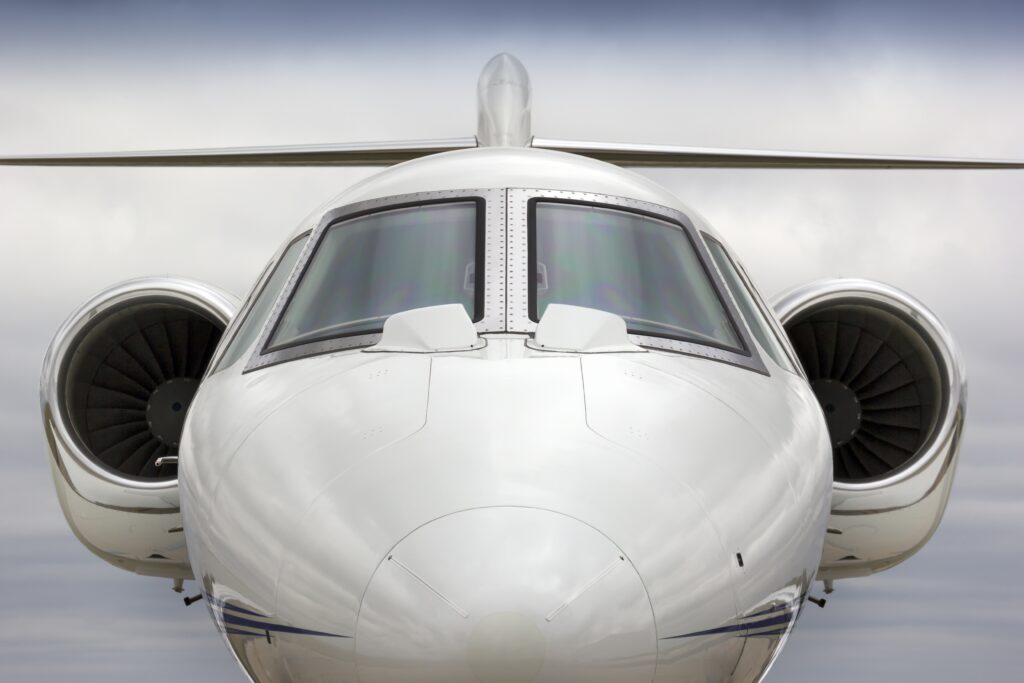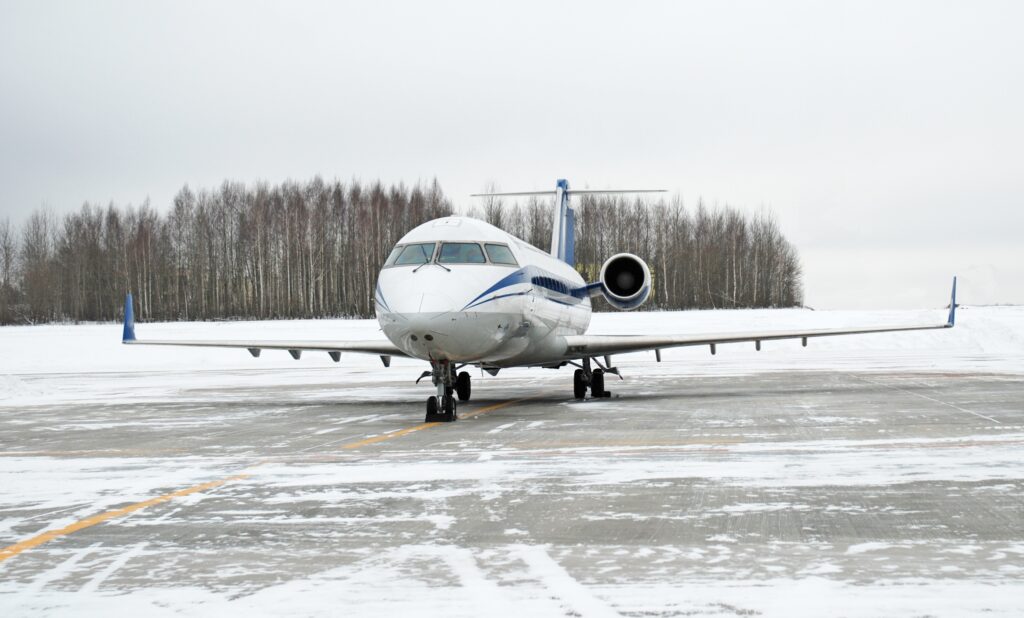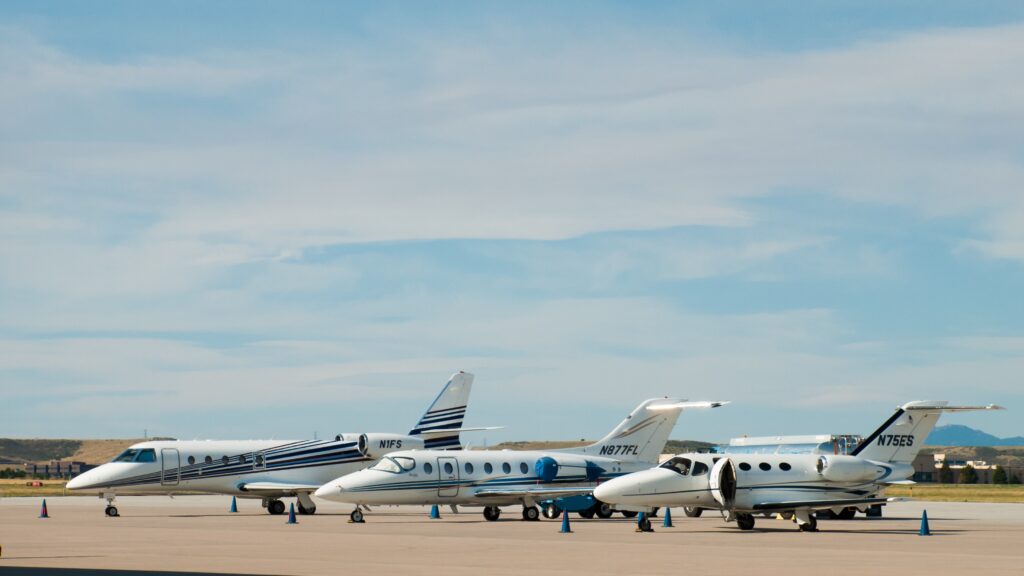There are a number of different options to consider when entering into private aviation. From chartering to full ownership, there’s something for everyone (Ready to find out what’s right for you? Take this quick quiz.).
In this blog, we’re going to compare charter with fractional ownership. These lower cost options are a good place to start, especially if you are looking to explore the benefits of having access to a private jet. Fractional ownership and charters both have pros and cons, and your situation can dictate which is best for you.
Charter
When considering aircraft ownership, chartering an aircraft can be a great option to consider if you fly under 100 hours a year. Similar to ordering an Uber or taxi, it’s a one-time trip and is paid for as such, which can be beneficial if you’re not looking for a significant investment or commitment. It is the ideal option for those who want to have a convenient, less crowded, and stress-free flying experience.
When charting an aircraft, you have a wide range of options for different aircraft types, crews, and route options. You are able to choose the model of your aircraft, the size, food and drink options, and many other amenities.
Unlike fractional ownership, you are not locked into a contract or a specific aircraft when you charter. There is no financial commitment past the flight you pay for, and you can usually reserve a plane for whenever you need it.
Chartering a plane can be costly and requires a lot of planning. In addition, problems may pop up that can lead to delays or the cancelation of trips.
Fractional Ownership
Fractional ownership is another option to consider. As a fractional owner, you invest in a share of a private jet rather than owning it in its entirety, whether that be a quarter, a third, or half of an aircraft, and, typically, for a 5 year period. Your share determines the access you have to flying hours on that particular aircraft.
Fractional ownership (or shared ownership) can be a great way to enjoy the benefits of owning your own aircraft without the significant overhead or ongoing costs of being the sole owner. This is a great option for people who fly relatively frequently, between 100-200 hours per year.
There are some downsides to consider when entering into fractional ownership. Because you are sharing the aircraft, it may not always be available for use when you need it. In addition, if you often need a different sized aircraft for different trips, you may not want to be locked in to a singular aircraft.
There are many advantages to entering private aviation. Both of these options, along with the many others, allow you to have a more private flying experience. Most private flights operate out of a Fixed Base Operation (FBO) which is a small area usually next to a major airport. You are able to get through security and other checkpoints in a matter of minutes, and in some cases, you can even drive right up to your aircraft.
Private aviation offers luxury, comfort, and convenience. If you are ready to take the next step in exploring private aviation, check out this aircraft options matchmaking tool developed by our team to help determine if chartering, fractional ownership, or another form of aircraft ownership is right for you!





